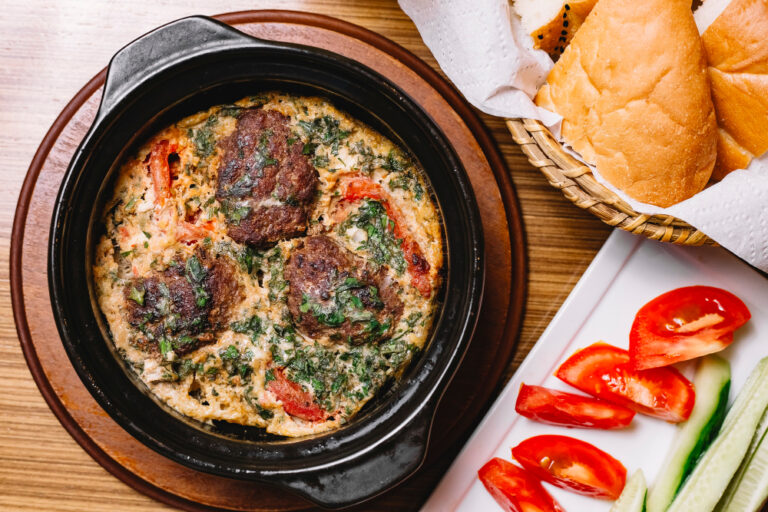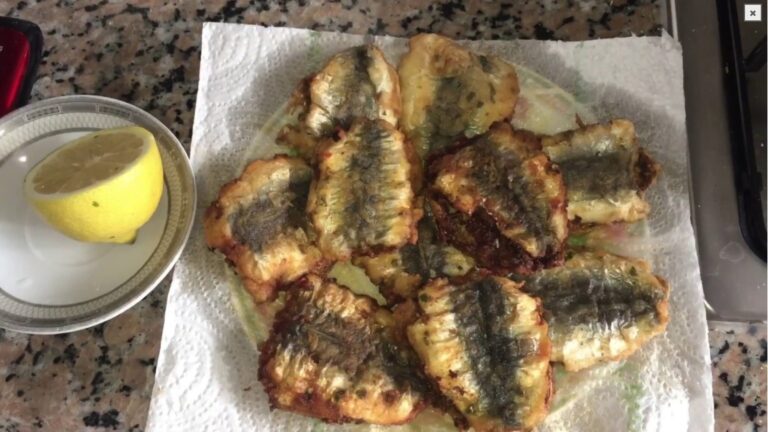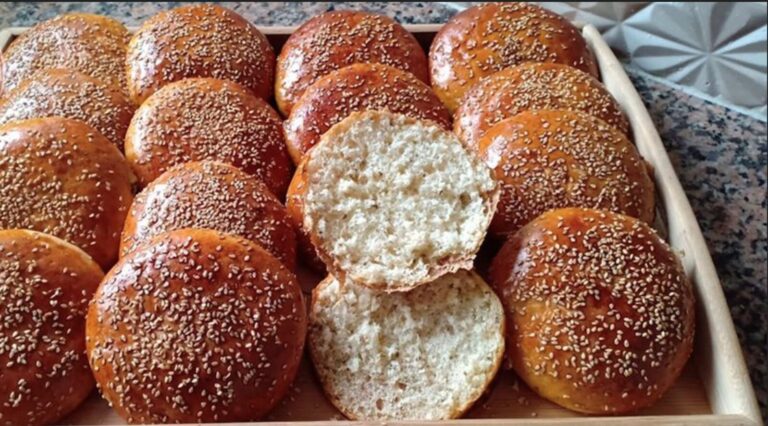
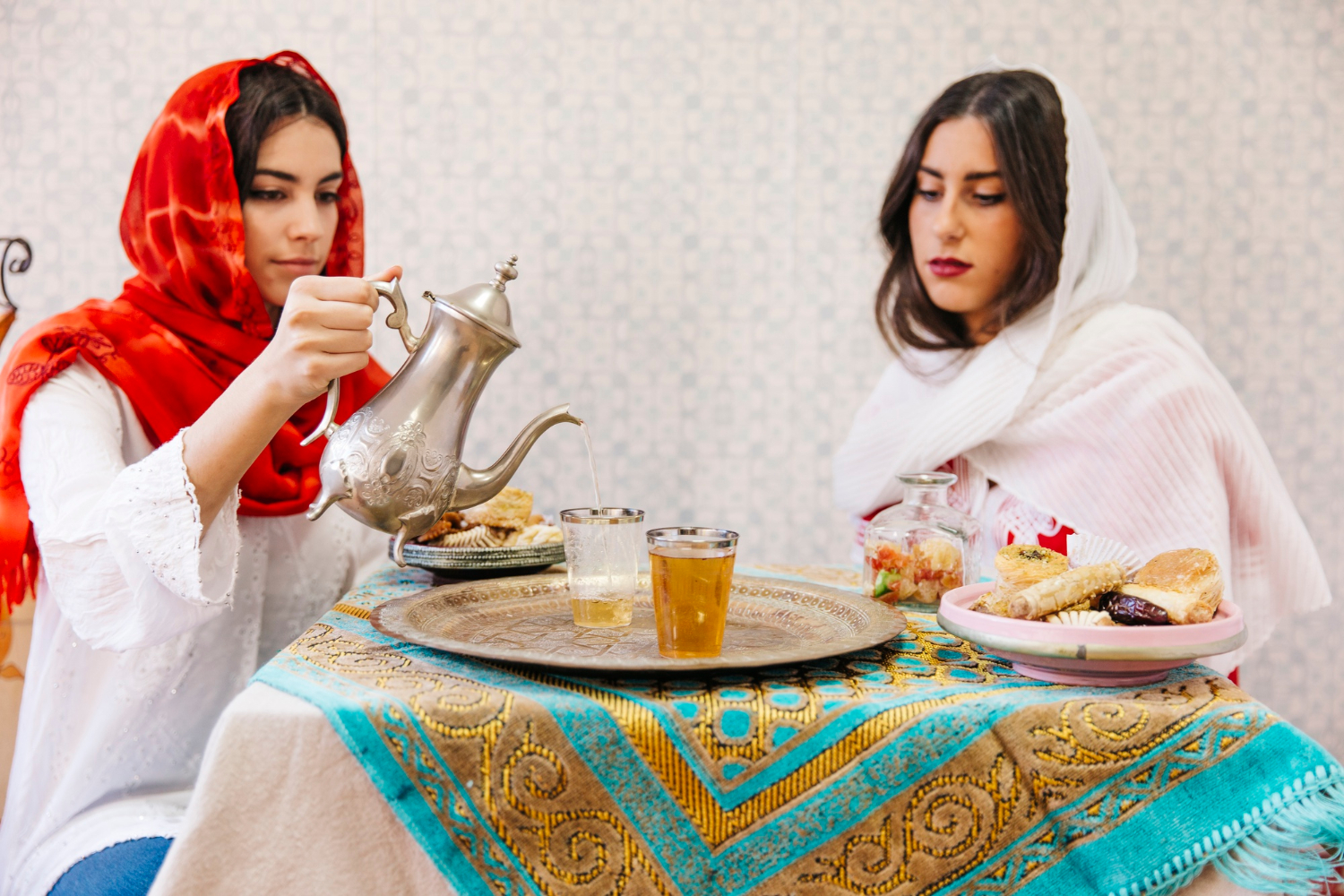
In Morocco, hospitality isn’t just a custom — it’s a way of life, steeped in ritual and warmth. Nowhere is this more beautifully expressed than through the berrad (Moroccan teapot), a shining symbol that embodies generosity, artistry, and connection.
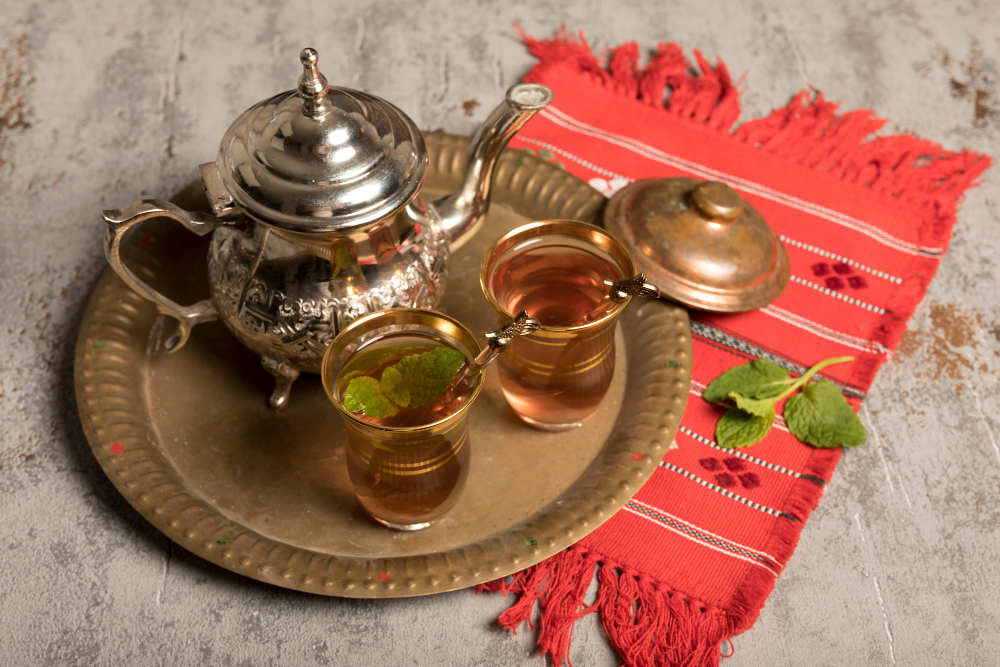
Whether in a bustling Marrakech riad, a Berber tent in the Atlas Mountains, or a coastal café in Essaouira, the berrad is always present — its curved spout glistening, its steam carrying the sweet scent of mint tea. The act of serving tea from this elegant vessel is far more than refreshment; it’s a language of welcome, friendship, and peace.
In this guide, we’ll explore the timeless role of the berrad, its artistry, its connection to Moroccan identity, and how travelers can experience its charm firsthand.
The Berrad: Morocco’s Heart in Silver
More Than a Teapot
The berrad is not just a utensil; it’s an icon. Usually crafted from shining brass or silver, it reflects the artistry of Moroccan metalworkers who have perfected their craft for centuries. The curved spout, domed lid, and engraved designs tell stories of skill and cultural continuity.
What makes the berrad special is not only how it looks — but how it’s used. In Moroccan homes, tea isn’t poured casually. The host lifts the berrad high, allowing the stream of amber-colored mint tea to flow in a graceful arc into small glasses. This aeration enhances both the aroma and flavor, creating a perfect foam that crowns each glass — a mark of true mastery.
The Ritual of Tea
Mint tea (atay b’naanaa) is at the heart of Moroccan daily life. It’s offered to guests as the ultimate gesture of hospitality. Refusing tea is rare — even unthinkable — because the ritual itself is sacred.
Preparing it involves patience and respect. Green tea leaves are rinsed, sugar is added generously, and fresh mint is placed delicately inside the berrad. Then the mixture is boiled, poured, and re-poured until the flavor reaches perfection. The process is as rhythmic as it is beautiful — a small ceremony of care.
(Learn more about Moroccan culture and tea preparation on Wikipedia.)
The Artistry Behind Every Pour
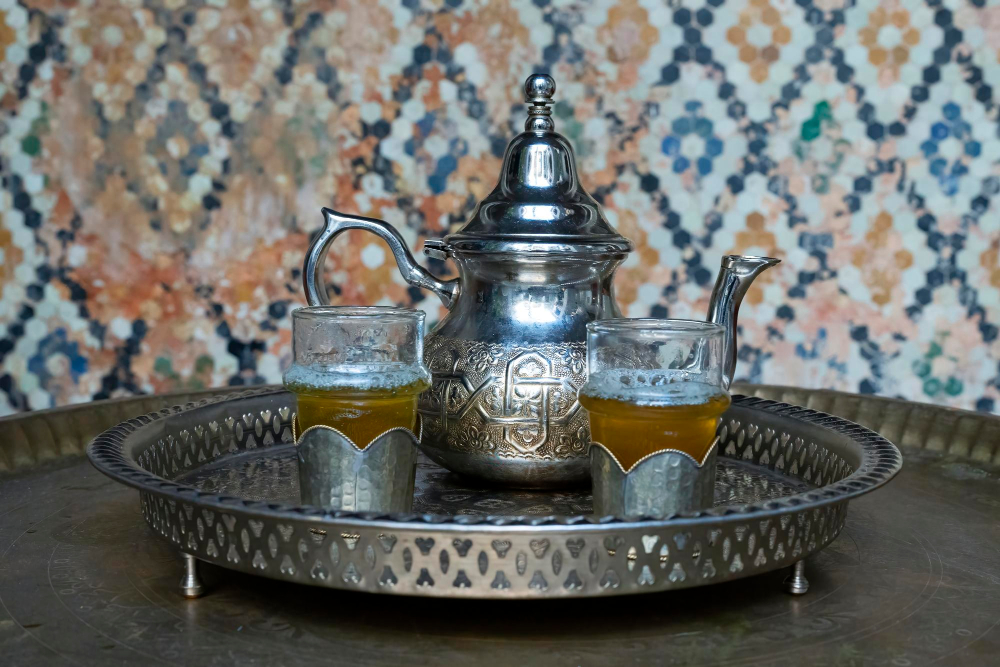
Handcrafted Perfection
Each berrad is a work of art. In Moroccan souks — especially in Fez, Marrakech, and Tetouan — artisans shape raw metal into glimmering forms using ancient hammering and engraving techniques. Some are minimalist and elegant, while others are richly decorated with arabesques and floral motifs.
Traditional silversmiths, known as maâlems, spend years mastering their craft. The finished product isn’t just a teapot — it’s an heirloom, often passed down through generations. Many families keep their berrad polished and proudly displayed in their living rooms, alongside ornate tea trays (siniya) and glass sets.
Symbol of Balance and Harmony
The berrad represents balance in Moroccan culture — the harmony between simplicity and beauty, tradition and daily life. It’s often said that the way tea is poured mirrors one’s character: calm, respectful, and graceful.
To serve tea without haste, to share it with sincerity — this is what the berrad (Moroccan teapot) stands for: the rhythm of Moroccan life itself.
Must-See Experiences: Following the Path of the Berrad
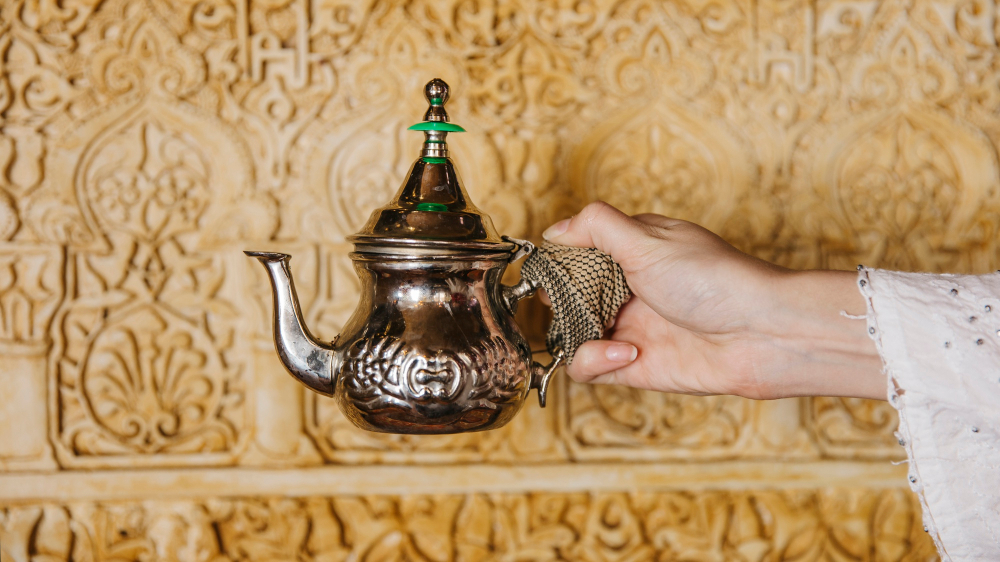
1. Fez – The City of Artisans
Fez is Morocco’s artistic soul. The Seffarine Square, near the ancient Al Quaraouiyine University, echoes with the rhythmic sounds of hammering metal. Here, craftsmen have shaped silver and brass for over a thousand years. Visitors can watch as raw sheets of metal become gleaming berrads and ornate trays, each handmade and unique.
2. Marrakech – The Souks of Spice and Shine
In the medina of Marrakech, the Souk Haddadine (Blacksmiths’ Souk) dazzles with teapots of every kind. The sunlight dances off silver surfaces, reflecting centuries of tradition. Some shops offer demonstrations of tea preparation — a must-see for travelers eager to experience Moroccan hospitality firsthand.
3. Chefchaouen – A Quiet Pour in the Blue City
In the serene mountain town of Chefchaouen, tea-drinking becomes meditative. Sit on a blue terrace overlooking the Rif Mountains, and watch locals pour tea from their silver berrads as the sun fades. It’s a moment where time feels suspended — just you, the tea, and Morocco’s peaceful rhythm.
Travel Tips and Cultural Insights
Say yes to tea: When offered tea, always accept — it’s a heartfelt invitation to connection and conversation.
Watch the pour: Notice how high your host lifts the berrad — the higher the pour, the more skillful the host.
Buying a berrad: For authentic ones, visit artisan cooperatives in Fez or Marrakech. Avoid cheap imports; genuine pieces are heavier, with fine engravings.
Caring for your berrad: Clean gently with warm water and lemon. Over time, the natural patina adds to its charm.
Capture the ritual: Tea service is one of Morocco’s most photogenic traditions. Just remember — always ask before photographing someone’s tea ceremony.
Real-World Traveler Stories
“Tea with the Silver Teapot” – A Marrakech Memory
Lucia, a traveler from Italy, recalls her first Moroccan tea in a riad courtyard:
“The host brought out a silver teapot, lifted it high, and poured the tea with such grace. The sound of the pour, the smell of mint — it felt like poetry. That moment taught me that Moroccan hospitality is not said, it’s shown.”
“From the Souk to My Kitchen”
Ahmed, a visitor from Canada, found his own berrad in Fez:
“The craftsman engraved my initials in Arabic. Now, whenever I pour tea at home, I remember Morocco — the calm, the warmth, the humanity. It’s more than a souvenir; it’s a reminder to slow down.”
These stories show how something as simple as a teapot can connect worlds — past and present, East and West, stranger and friend.
The Future of the Berrad: Tradition Meets Modern Design
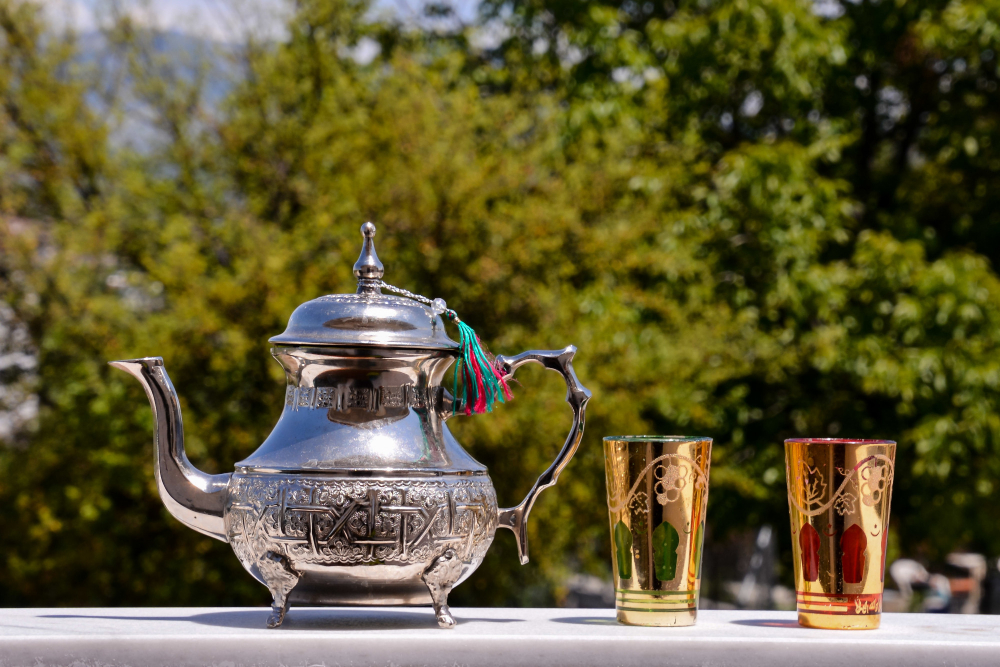
While the berrad (Moroccan teapot) remains rooted in tradition, it continues to evolve. Modern designers blend classic Moroccan craftsmanship with minimalist aesthetics — copper teapots with matte finishes, or hand-hammered silver paired with colored glass.
Sustainability movements are also breathing new life into the craft. Many young artisans use recycled metals, ensuring eco-friendly production while keeping the art alive. In Marrakech’s design scene, you’ll find interior boutiques where old-world teapots sit beside modern ceramics — proof that the berrad belongs to every era.
Whether used in daily tea rituals or displayed as décor, the berrad carries Morocco’s soul into the modern world — timeless, elegant, and full of meaning.
FAQ – The Berrad (Moroccan Teapot)
What is a berrad in Moroccan culture?
The berrad is a traditional Moroccan teapot, usually made of silver or brass, used to prepare and serve mint tea — a symbol of hospitality and respect.
Why is Moroccan tea poured from a height?
Pouring from high aerates the tea, creating a light foam on top while mixing the sugar evenly. It also demonstrates elegance and respect for the guest.
Where can I buy a real Moroccan berrad?
Visit Fez’s Seffarine Square or Marrakech’s souks for authentic, handmade teapots. Artisan cooperatives often allow you to customize engravings.
Is the berrad used daily in Moroccan homes?
Yes, most Moroccan households use it several times a day — for breakfast, social gatherings, and to welcome guests.
Can I use a Moroccan berrad on modern stoves?
Yes — many modern berrads are compatible with gas or electric stoves, though traditional ones are still boiled over charcoal for authentic flavor.
Conclusion
The Berrad (Moroccan Teapot) – A Symbol of Moroccan Hospitality is far more than a vessel for tea; it’s a vessel for connection. From the silver workshops of Fez to the sunlit terraces of Marrakech, it reflects Morocco’s values of generosity, patience, and artistry.
To share a cup poured from a berrad is to be part of something ancient — a ritual that bridges hearts and generations.
So next time you find yourself in Morocco, accept that steaming glass of mint tea with gratitude. Feel the warmth of the cup, watch the golden flow from the berrad, and remember — this is not just tea. It’s Morocco’s way of saying, “Welcome home.”
– Plan your next journey to Morocco and experience its living traditions — where every sip tells a story.

